Is it BioTerrorism - this is the report created by by JillS13 on Jan 01, 2009 (Doctors Jill Dekker-Bellamy at the Thales Symposium)
ref: http://www.slideshare.net/JillS13/Te...ns-Development
This report was mentioned in the post above so that the reader will have the reference and significances.
From the report below: We are reaching nearly 80% naiveté in total global population herd naivety.
It has been asked, Accidental Outbreak, or deliberate, or coincidental.. ?
--------------------------
1. Terrorists, States and Biological Weapons Development Emerging Trends Drs. Jill Dekker-Bellamy Thales Symposium
2. For the past few years I’ve written and run a number of bio-terrorism scenarios and war games. Generally the scenarios were based on mass casualty attacks, hitting multiple European cities, with the goal, of evaluating where our gaps and vulnerabilities lie, be it in aspects of prevention, preparedness, containment or response. I’ve evaluated programmes for national strategic stockpiling, quarantine and isolation law, rapid response from civilian and military sectors and aspects related to critical infrastructure protection.
3. Today I’ll be discussing what I view, as a serious emerging trend which will alter our concept of bio-terrorism. I’ll explain why there have been a number of recent fundamental shifts related to the scale and scope of an attack, as I believe this is important to our understanding of the future of biological weapons, used in a mass casualty attack and it should also change how we develop criteria for war games and scenarios.
4. Weapons of Mass Destruction are typically grouped together or referred too as CBRN: Chemical, Biological, Nuclear and Radiology weapons; I will focus today on the threat of biological weapons and terrorism within Europe.
5. Due to the severe consequences an attack with biological weapons would produce, its imperative nations ensure adequate preparation and increase their ability to identify and respond effectively; within both civilian and defence sectors. Bio-weapons have the capacity to silently infect thousands of people, impact the global economy and disrupt critical infrastructure.
6. There are several issues related to the deliberate release of a weaponized biological pathogen which help put an attack scenario into context. Today I’d like to focus on three of these areas, which I believe will change our perception, not only of threat but vulnerability and ultimately how we conceive of the scope and scale of an attack. The first issue is that of “ state” biological weapons programmes and bio-weapons being developed in military laboratories around the world today.
7. The second issue is that of “acquisition” of such weapons by terrorists and more specifically Al Qaeda; and finally, the Third issue is the biological weapons themselves—the types of pathogens which will be used and how we will prepare to meet a mass casualty attack in Europe. A few years ago bio-terrorism experts conceived of terrorist’s use of bio-weapon as a low probability event. Low meaning the chances of a terrorist, NOT supported by a state, being able to achieve high kill ratios or inflicting a truly mass casualty attack in an urban setting was exceptionally low. The reasons for this are numerous but I will touch on a few of them.
8. Up until about three years ago it was considered among most bio-warfare experts that the technical obstacles a lone terrorist or small group would face in developing a weapon, adequate for a mass casualty attack, would be extremely prohibitive. That’s not to suggest that they couldn’t create a very effective low level bio-attack, but there appeared to be a technical threshold which most sub-state terrorists would have extreme difficulty overcoming.
9. In 2002 and 2003 our concept of the threat of bio-terrorism changed. The Northern Alliance discovered an anthrax production facility at the Institute of Veterinary Vaccine Production in Kabul, Afghanistan headed up by Mullah Qari Abdullah and run by the Ministry of Agriculture. Abdullah was a high ranking member of the Taliban and he was put in charge of one of Afghanistan’s most modern Laboratories. The lab was discovered to hold a large container with concentrated anthrax spores-which the Taliban had researched extensively.
10. The 11th volume of al-Qa`ida's 5,000-page Encyclopedia of Jihad is devoted to how to construct CBW. The cover of Mu'Askar al-Battar, an online military magazine published the Saudi branch of al-Qaida. The magazine is based in parts on the "Encyclopedia of Jihad."
11. bacteriological production which was rather more advanced than current estimates had placed their capability at during this time, and we had better information on warfare labs in several states At the same time the discovery was made of an Al Qaeda manual on biological and who were developing dispersal technology for which there was no known military application. Meaning the labs were developing technologies for use by terrorists.
12. Documents found in Afghanistan ostensibly reveal that al-Qaeda was doing research on using botulinum toxin to kill 2,000 people. "Al Qaeda tested germ weapons," Reuters, 1 January 2002 Ahmad Rassam, arrested in a plot to bomb LAX, testifies that Bin Laden is personally interested in using low-flying aircraft to disperse BW agents. Al-Qaeda operative Ahmad Rassam, in US custody.
13. What we’ve witness over the last several years with the evolution of AQ, is their increasing interest in biological weapons and their association with state sponsors. Today we are looking at very sophisticated recruitment techniques employed by AQ across North Africa. In several states, notably Morocco, Algeria, Sudan and Mauritania it is known that AQ is training operatives in biological and chemical weapons and has successfully inserted terrorists into Europe through application processes for refugee status. The types of training received by terrorists are specific to state weapons programmes. It is highly probably that states such as Syria and Iran who sponsor terrorist with conventional weapons are now providing training in biological weapons.
14. I would argue that the convergence of these formerly distinct threats: terrorists, states and bio-weapons form an emerging threat nexus in which the sum is now greater than the parts. The potential involvement of state’s, poses a significantly greater threat in terms of a successful mass casualty bio-terrorist attack within Europe and elsewhere.
15. State supported terrorists would not need to steal, divert or buy bio-weapons as we had previously considered in other attack scenarios. Nor would they have to over-come technical obstacles related to weaponization. Bio-weapons are the ultimate deniable operation and there are states who would consider providing such weapons to terrorists-some of whom they have already trained along side their formal military establishment. Here I am talking about Hezbollah and more specifically Fatah al-Islam. There of course are a number of other-but these two top the list.
16. Two countries have now re-designated bio-weapons as armaments within their conventional inventory. This is a major shift in doctrine and we should be extremely concern about that redesignation. Let me address our concerns regarding state sponsored terrorists and the Al Qaeda network in Europe- Generally speaking the states who maintain an offensive biological weapons programme, work on the following pathogens with the possible exception being Variola Major.
17. Biological Agent (s) Disease Category A Variola major Smallpox Bacillus anthracis Anthrax Yesinia pestis Plague Clostridium botulinum (botulinum toxins) Botulism Francisella tularensis Tularemia Filoviruses/Arenaviruses Viral hemmorhagic Fevers Centers for Disease Control, Atlanta, USA.
18. Biological weapons in the hands of a state sponsored terrorists-would be a mass casualty event. This alters our perception of risk from a bio-terrorist attack within Europe as well.
19. Several years ago I remember giving a talk about Al Qaeda’s Chemical and Biological Weapons Directorate—they had a programme with several scientists and we had looked into the background of those scientist –several were Ph.D’s. some were post-docs, they had several bench docs, Al Masri held a PhD in chemistry, he was considered Al Qaeda’s nuclear weapons expert; Ayman al-Zawahri was a doctor and surgeon; Abu Kabab was AQ biological and chemical weapons expert-the Camp in Jalalabad was named after him, Assadalah Abdul Rahman is also a biological weapons expert and leader of the AQ WMD directorate; Abu Bashir al-Yemeni another bio-chem expert.
20. French Interior Minister Dominique de Villepin claimed that al-Qa'ida affiliates have produced chemical and biological weapons in Georgia's Pankisi Gorge. De Villepin told members of INTERPOL bio-terrorism conference in Lyon, France, that after the fall of the Taliban, al-Qa'ida cells moved to the Pankisi Gorge in order to continue efforts to produce anthrax bacteria, ricin, and botulinum toxin.
21. To further our concern, previous assessments of the AQ network revealed some disturbing events in the Pankisi and Korda Gorges in S. Ossetia. AQ had infiltrated Chechnya particularly Whabbists, it appeared a couple of AQ scientists were trying to develop some kind of weaponized pathogen or chemical armament in the Pankisi Gorge using small bio-safety containment boxes. By 2003, the AQ network was much farther along than it was estimated it to be.
22. "Al-Qaeda's biological program was further along, particularly with regard to Agent X, than prewar intelligence indicated. The program was extensive, well-organized, and operated for two years before Sept. 11, but intelligence insights into the program were limited."
23. I n mid 2004 the Pentagon sent a report to Congress wherein it disclosed for the first time that Al Qaeda had a sophisticated biological weapons research and development effort underway. These endeavors again were still inhibited by technological obstacles. Information we have on biological warfare labs today and the known relationships between AQ and members within the defence establishment of several countries-would obviate the need to steal, divert or buy any kind of biological pathogen or agent. So one of the primary inhibiting factors, that being acquisition of the biological pathogen and weaponization-milling or aerosolizing, is no longer an obstacle.
24. With the capture of Khalid Shaykh Muhammad, investigators uncovered detailed information about production plans for chemical and biological weapons. According to captured documents, certain members of al-Qa`ida had plans and the requisite material to manufacture cyanide and two biological toxins, and were close to producing anthrax bacteria. Barton Gellman, "al-Qaida Near Biological, Chemical Arms Production," Washington Post, 23 March 2003.
25. Today we are looking at a very real potential for a mass casualty event due to the stronger associations which have been forged for the last five or so years between states who sponsor terrorism and terrorists. And many of the terrorist organizations we are concerned about –are working right here across Europe—they aren’t off in Afghanistan or Uzbekistan or some remote place, they are here, in fact there are Al Qaeda cores in Brussels with ties to states running offensive BW programmes.
26. 242 jihadists, 31 attacks, 28 networks . The UK and the Netherlands were found to be at the greatest risk during the period studied, with 12 of the networks operating in Great Britain, seven in the Netherlands, four in France and three each in Spain and Belgium.
27. In terms of Europe, there are increasing challenges with regard to terrorists who may acquire bio-weapons to promote their goals. This past April two Dutch researcher conducted a study of Jihad networks across Europe, they found no fewer than 242 jihadists, 31 attacks and 28 networks . The UK and the Netherlands were found to be at the greatest risk, during the period studied, with 12 of the networks operating in Great Britain, seven in the Netherlands, four in France and three each in Spain and Belgium.
28. When you have AQ recruiters like Tarek Maaroufi and Nizar Trabelsi running major opperations in Europe you need to consider the potential for these networks to use bio-weapons in cities like Antwerpen and Brussels-and of course Trabelsi is known to have targeted NATO instillations- There are around 500 hundred NATO instillations across Europe--- and should their be a multi stage, muti target attack-the scale of such an event could be catastrophic.- given that many pathogens are not only highly infective and virulent but highly transmissible.
29. The point here being that these are very real networks, they aren’t isolated, some have state sponsors and some have been assessed as capable of acquiring and deploying sophisticated bio-weapons in multiple locations.—prior to Maaroufi and Trabelsi’s incarceration they were recruiting for AQ here in Europe and engaged in paramilitary training in Afghanistan and as I mentioned previously we know there were several biological weapons labs in Afghanistan producing both anthrax and botulinium and other agents as well.
30. Osama bin Laden had seven full bio-chem laboratories which he’d purchased state of the art equipment for through the UAE and Uzbekistan. This is just an example of two who were caught. AQ already has established links with researchers who can produce biological weapons-up to military grade.
31. What types of weapons are these networks likely to use? Vials: A total of 97 vials-including those with labels consistent with the al Hakam cover stories of single-cell protein and biopesticides, as well as strains that could be used to produce BW agents-were recovered from a scientist's residence.
32. The types of pathogens or biological agents terrorists are likely to use are variable. The problem with bio-weapons, unlike chemical or nuclear, is it’s the quality and weaponization for dispersal that count not the quantity. You don’t need a stockpile and you don’t need MIRV’d ICBM’s-in fact that’s not longer optimal. Bio- weapons are silent and determining that an attack has occurred can be challenging. Failing to identify an attack at the earliest moment will lead to increased civilian mortality.
33. To provide a couple examples: One gram of crystalline Botulinum toxin could theoretical kill a million people. It’s the most toxic substance known to man and it’s easy to transport and easy to conceal. As most people know In the 1990s, the Aum Shinrikyo cult in Japan attempted three times to use aerosolized botulinum toxins as a weapon of terror against US military personnel. They obtained the Clostridium botulinum bacteria from soil samples in northern Japan.
34. Despite skepticism that botulinum poison could be concentrated, stabilized, and aerosolized to make an effective military weapon against a specific enemy target, a botulinum attack against civilian targets may prove disturbingly effective. An aerosol release of botulinum toxins from a single point can kill or incapacitate 10% to 0.5 miles downwind of the release.
35. Because most warfare labs work on Category A pathogens most of these agents are likely candidates and pose a potential threat to Europe. This includes: anthrax, plague, Bot, tuleremia possibly smallpox and viral hemorrhagic fevers (VHF’s), most state warfare labs work defensively on these agents with the exception being smallpox –the US has identified about 21 nations who could and may be working on these agents offensively-meaning they are trying to weaponized. Pervious estimates were put at around 17 but several African states are now considered to be working offensively with support again from other nations.
36. There is a probability that a few warfare labs may have retained variola major when it was endemic and may be conducting work on it offensively as well.
37. I would caution here that advances in genomics, synthetic biology, molecular biology, combinatorial chemistry and our understanding of microbial structure and replication will affect the type of weapons developments from state laboratories. This may considerably alter these strains and our ability to either prevent or treat weapons grade agents might now be inhibited, making our reliance on detection an extremely vital tool.
38. “ Syndromic diagnosis [is] nothing but a big charade, by the time you start getting blips in emergency rooms, it’s too late.” – Dr. C.J. Peters, Former Head of the Centers for Disease Control top security lab.
39. To give an idea of the scale of what a biological attack would look like in Europe I will briefly go over data on the last outbreak of smallpox, although there are other agents, in my opinion, which carry a significantly higher risk of release over the next few years here in Europe. There are about 48 organisms that could be used offensively--25 viruses, 13 bacteria, and 10 toxins, of these smallpox is considered to be one of the most destructive. The Soviets weaponized it specifically when they knew in 1980 that the World Health Organization had declared it eradicated. As vaccination ceased-we now have the perfect conditions for a virgin soil epidemic, if it were ever released again. We are reaching nearly 80% naiveté in total global population herd naivety.
40. But to put the threat into context and provide some concept of what would happen if we fail to prepare for a major bio-terrorist attack, I will comment on the Yugoslav outbreak. This outbreak was well documented so it gives us tremendous insights into what we need to do now to prevent and prepare for something like this in the future. Unfortunately back in 1972 they didn’t have the capabilities we do today, which undoubtedly lead to increased spread of this disease and higher casualty rates. It’s also a very good way to understand what happens when there are no preparatory steps in place and no way to immediately respond.
41. Variola Major or smallpox virus is considered a very reliable and effective biological weapon. The last known European outbreak in 1972, was a natural outbreak, so one would anticipate a battle strain from a defence lab, released deliberately would markedly increase the scale and scope of a planned attack. In the Yugoslav case one index case infected nearly 13 other people and the subsequent ratio of secondary cases remained at 1:13 which is exceptionally high for a natural outbreak-moreover a high proportion went hemorrhagic.
42. At the time nearly 90 % of the population had been previously inoculated within the last 5 years- this is quite disturbing because within Europe, and it wouldn’t matter what the pathogen was we simply no longer have herd immunity in the case of smallpox but nor can we approach bio-defence as a one bug one drug endeavor there simply is no way to cover an entire population for every pathogen which might be released, so timing is everything in terms identification and containment.
43. The United States Army Medical Research Institute of Infectious Diseases, at Fort Detrick, has accumulated "credible evidence" that a number of terrorist groups and nations have obtained, or are trying to obtain, clandestine stocks of smallpox” and are actively trying to produce weaponized armaments based upon the virus.
44. In the Yugoslav outbreak- the index case was initially misdiagnosed sent to two other clinics for treatment, when they realized what it was--- the entire medical staff fled the hospital-the military was called in and within three week had vaccinated the entire population; this was conducted under martial law which would not be possible in contemporary Europe. One index case took 19,000 doses of vaccine to control. So one can imagine the burden and scale of a well orchestrated attack.
45. I would remind you it’s also the pace not the space that adds mortality burden—the quicker we can identify a biological attack the quicker we can take evasive action-and prevent spread, be this through limiting community contact, isolation, quarantine or restricting transport and air travel. The more time that elapses between identification and response the greater the threat of mass casualty.
46. “ Our world must take bio-security much more seriously…. it would be comparatively easy for terrorists to cause mass death by using agents such as anthrax or weaponised smallpox. Let’s not wait until something has gone terribly wrong to act collectively to meet this threat .” Kofi Annan UN Secretary General (13 Feb 2005).
47. As I wrap up this presentation, the obvious question which remains is, given all the factors which seemingly point to an attack why hasn’t it occurred yet? My personal answer to this is that the groups who are related too or sponsored by states do not yet posses the level of sophistication to run a entirely silent covert operation- security and intelligence agencies across Europe have therefore successfully intervened in a number of potential operations-however I believe this will change and they will adapt and the threshold for intervention will be higher—and the potential for a successful catastrophic release will increase.
48. In terms of standard setting its important nations fully understand the threat of biological terrorism within the framework of catastrophic events. Its imperative nations with the resources to prepare and protect their populations against this threat do so specifically in areas related to communication, isolation and quarantine capability. If left unchecked, the silent use of disease in a major city or transportation hub will have severe consequences. The inherent threat of terrorism is that it will produce a far better orchestrated outbreak which could be of an entirely higher magnitude than a natural or spontaneous outbreak of disease.
Posted by Tesla_WTC_Solution (here)














 Reply With Quote
Reply With Quote

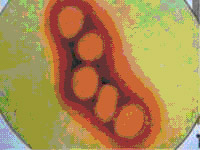

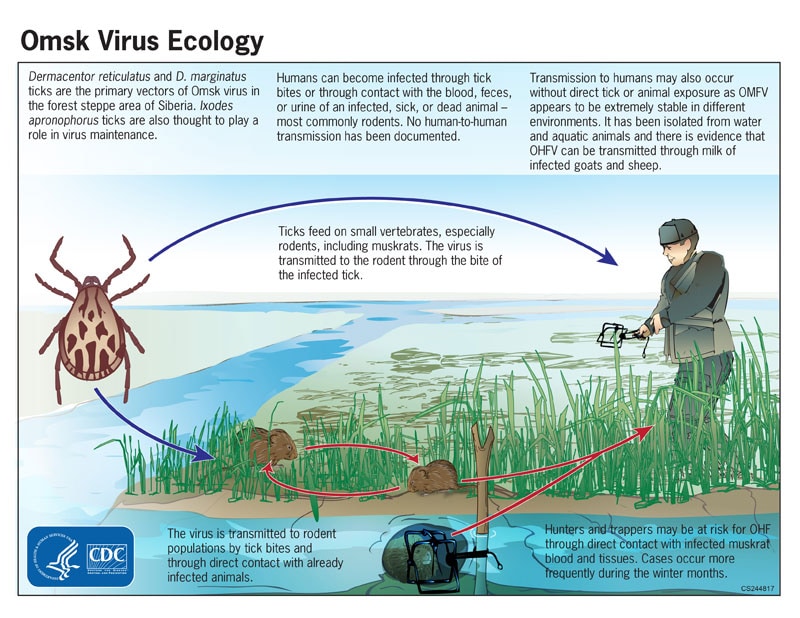


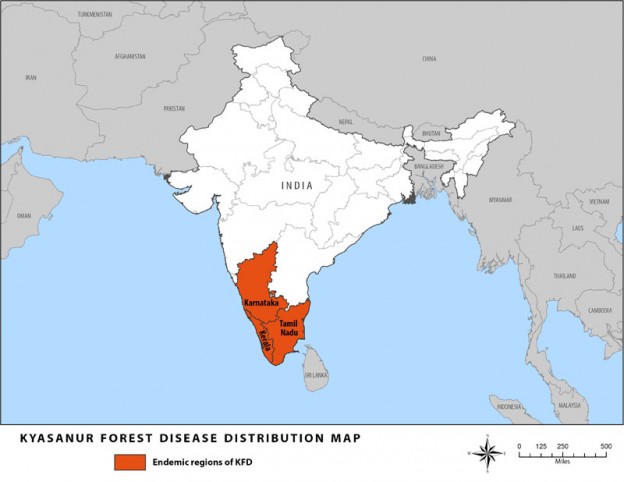
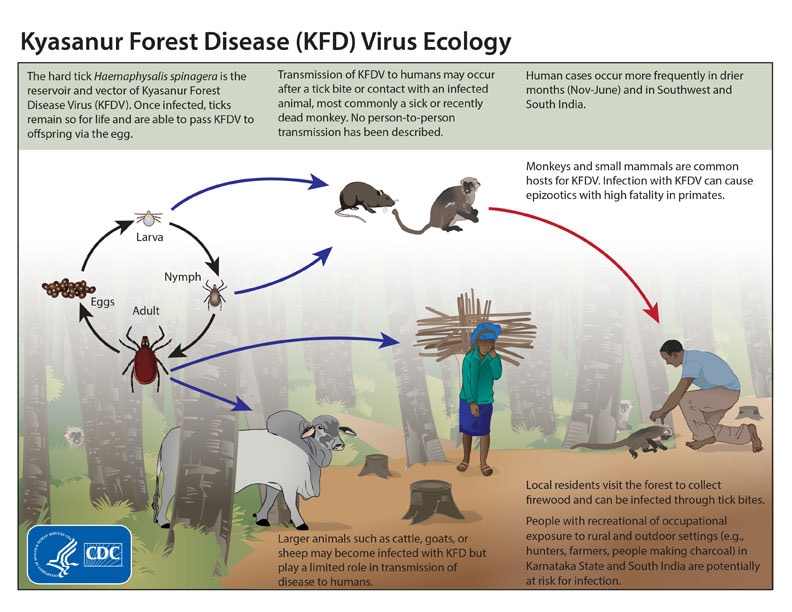
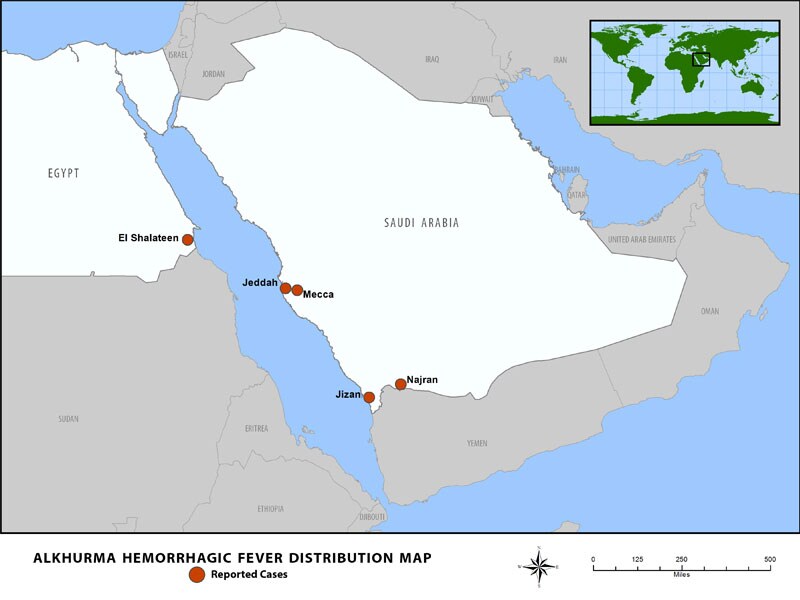

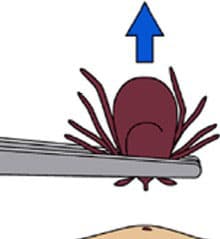
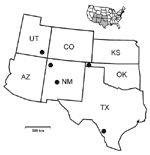



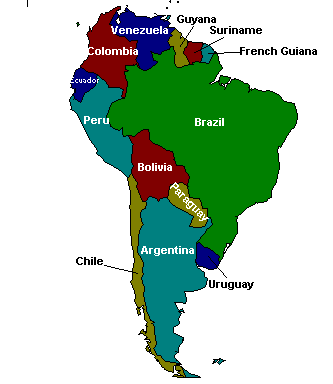



Bookmarks